Big cats have long captivated our imaginations with their majestic beauty and powerful presence. However, beyond their striking appearances, some of these magnificent creatures possess rare mutations that set them apart from their peers. These mutations can affect their fur color, physical features, and even their behavior. Understanding these rare mutations is crucial not only for appreciating the diversity within big cat species but also for recognizing the implications they have on their survival in the wild. In this article, we will explore ten rare big cat mutations, delving into what they are, how they occur, and what they mean for the future of these incredible animals.
1. Melanism: The Black Panther Phenomenon

Melanism is a fascinating genetic mutation that results in an excess of dark pigmentation, giving big cats a striking black coat. This phenomenon is especially prominent in leopards and jaguars, which are often referred to as black panthers. One might think this dark coat is purely aesthetic, but it actually serves a functional purpose. In dense forests, this coloration provides excellent camouflage, allowing these cats to blend seamlessly into the shadows. However, in open areas, this dark coat can be a disadvantage, making them more visible to both prey and predators. This duality means that the survival of melanistic big cats is heavily dependent on their habitat. In environments where their dark coats offer a significant advantage, they thrive, showcasing nature’s adaptability and the complex balance of ecosystems.
2. Albinism: The Rare White Big Cats
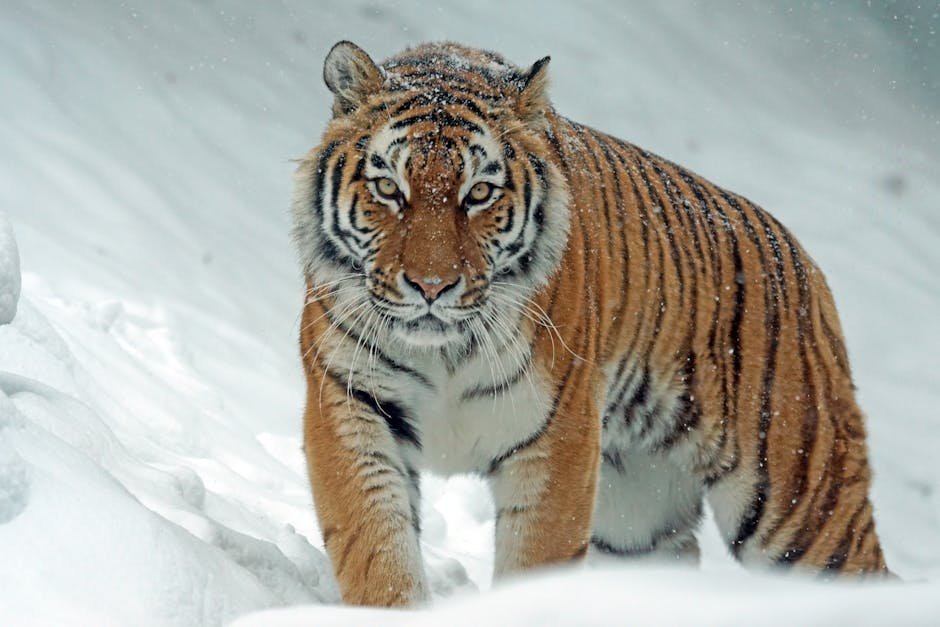
Albinism is a rare genetic condition characterized by a lack of melanin, resulting in a white coat and often pink eyes. Among big cats, the white tiger is one of the most well-known examples of this mutation. While their striking appearance can captivate onlookers, albino big cats face a myriad of challenges in the wild. Their lack of camouflage makes them more vulnerable to predators, and their heightened sensitivity to sunlight can lead to vision problems. Furthermore, the absence of pigmentation can affect their hunting prowess, as they stand out against their natural habitats. Despite these challenges, the allure of albino big cats remains undeniable, a testament to the beauty and diversity of nature.
3. Leucism: The Ghostly Appearance
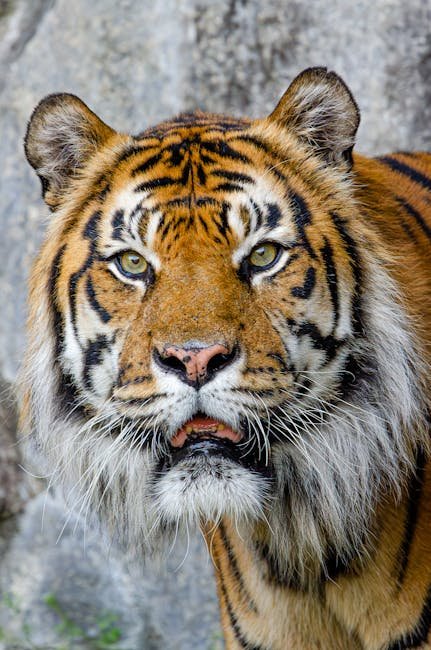
Leucism is a genetic condition that causes a partial loss of pigmentation, resulting in a pale coat that isn’t entirely white. This mutation occurs in various big cat species, including lions and leopards. Leucistic big cats often have a unique, ghostly appearance, which can make them stand out dramatically in their environment. Unlike albino cats, leucistic cats retain some pigmentation, which means they might have normal-colored eyes and some patches of colored fur. While they may not face the same challenges as albino cats, their lighter coloration can still impact their hunting success. Blending into their surroundings becomes more challenging, affecting their ability to ambush prey. Yet, these unique cats serve as a reminder of the endless possibilities of genetic variation.
4. Polydactylism: The Extra Toes
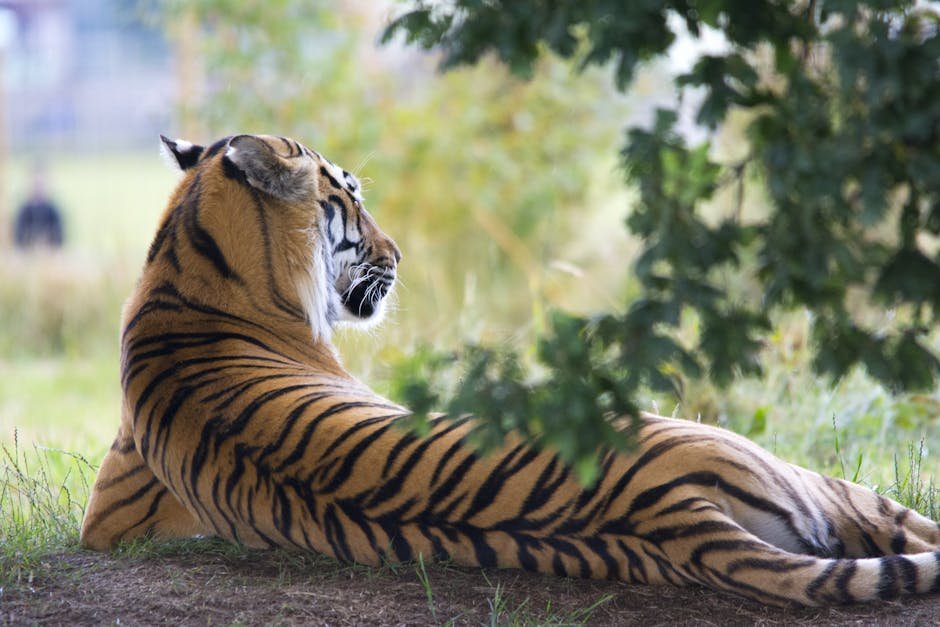
Polydactylism is a curious genetic mutation that results in extra toes on a big cat’s paws. This rare condition may seem trivial, but it can significantly affect their ability to walk and hunt effectively. For some big cats, the additional toes can hinder their mobility, making it challenging to navigate their terrain or catch prey. However, nature always finds a way. Some polydactyl big cats have adapted well, using their extra digits to their advantage. This mutation showcases the resilience of these magnificent creatures and the adaptability of life in the wild. It’s a reminder that even what seems like a disadvantage can lead to new opportunities for survival.
5. Manx Mutation: The Tailless Wonder
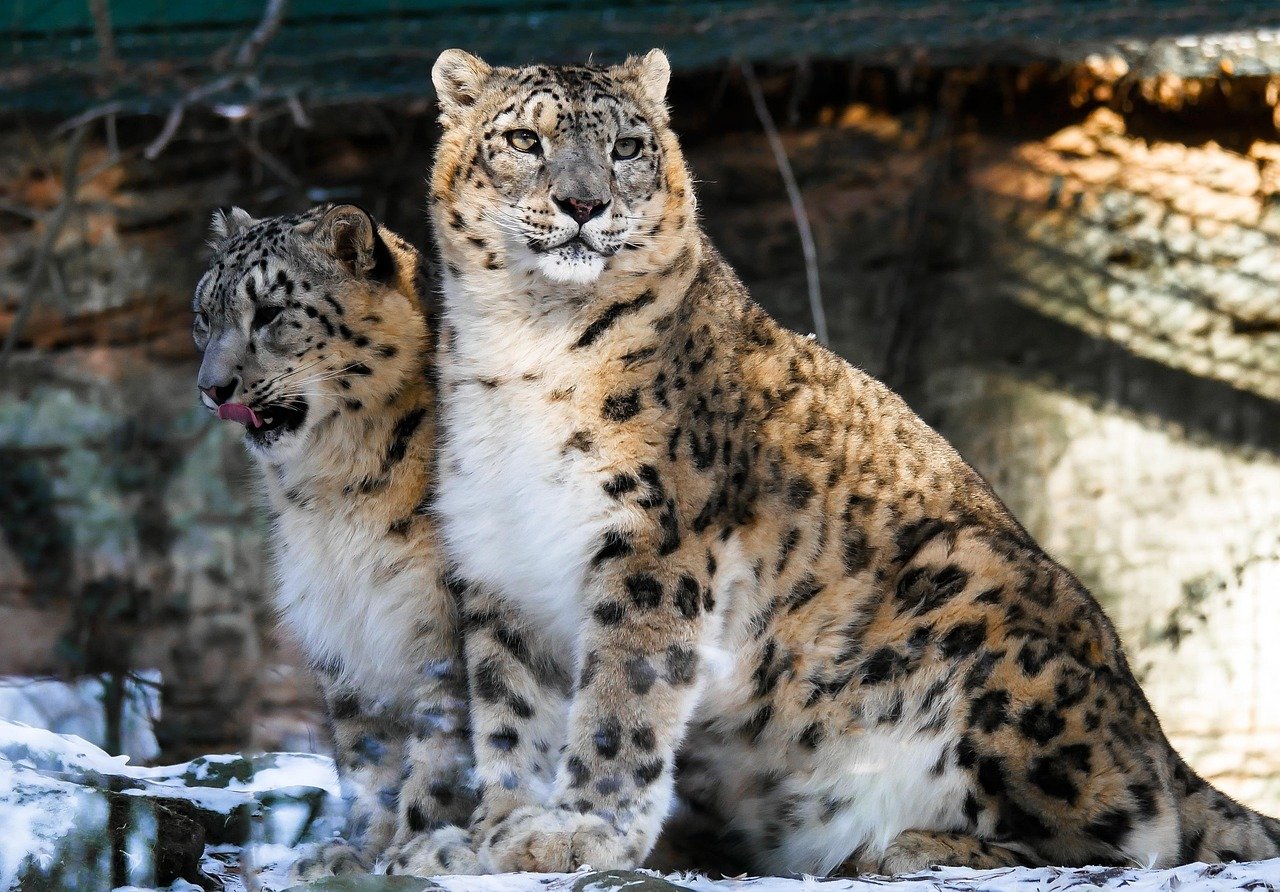
The Manx mutation results in the absence of a tail and is more commonly associated with domestic cats. However, it has been observed in some wild big cat populations. Tails play a crucial role in balance and communication, making this mutation particularly intriguing. Tailless big cats may face challenges in maintaining their balance, especially during high-speed chases or when climbing. Additionally, tails are instrumental in feline communication, so the absence can lead to misunderstandings within their social groups. Despite these potential hurdles, some tailless big cats have adapted remarkably well to their condition, proving that survival is possible despite physical differences.
6. Sable Coat: The Darker Shade
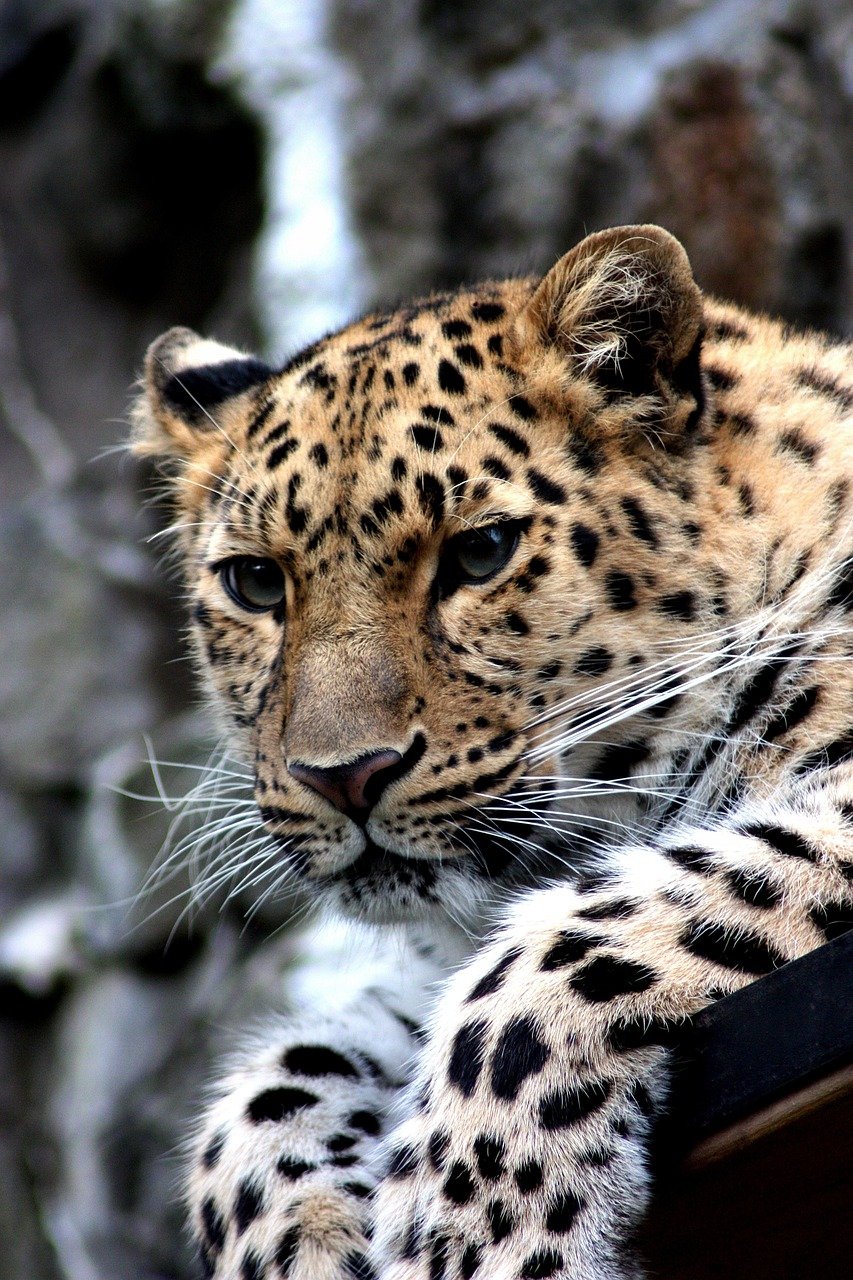
The sable coat mutation is characterized by a darker fur coloration, often occurring in lions and leopards. This mutation can offer advantages in certain habitats, allowing these big cats to blend seamlessly with their surroundings, especially in shadowy or densely vegetated areas. However, this darker shade can also attract unwanted attention. Within big cat populations, a sable coat might draw the eyes of potential mates or rivals, leading to complex social dynamics. This mutation exemplifies the delicate balance of nature, where a single trait can be both a blessing and a challenge, depending on the context.
7. Hypotrichosis: The Hairless Condition
Hypotrichosis is a rare genetic mutation leading to a lack of fur or sparse hair coverage. While more commonly associated with domestic cats, this condition has been observed in some big cat species. Hairless big cats face unique challenges in the wild. Without the protective layer of fur, they become more vulnerable to temperature fluctuations, sun exposure, and even minor injuries. Their survival often hinges on their ability to find shelter and adapt to their environment. Despite the challenges, these hairless big cats showcase the incredible adaptability and resilience intrinsic to nature.
8. Blue Eyes: The Rare Genetic Trait
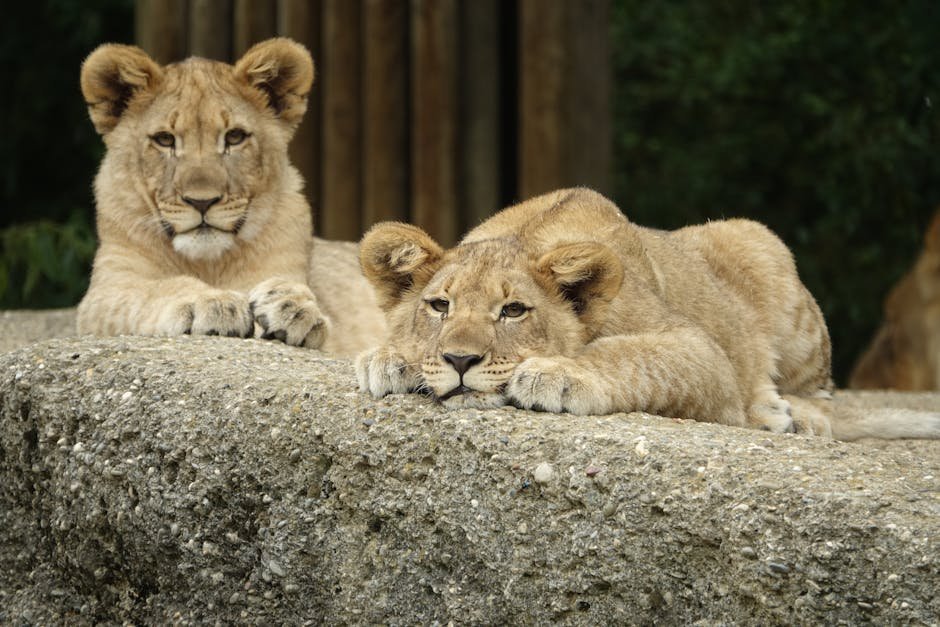
Blue eyes in big cats, particularly in certain populations of white tigers and snow leopards, are a rare genetic trait that captivates many. While this eye color may not directly impact their survival, it can influence social interactions and mating choices. In the wild, blue-eyed big cats might attract more attention from potential mates due to their striking appearance. However, this uniqueness can also make them more noticeable to rivals or predators. This rare trait underscores the intricate dance of genetics, where beauty and survival often walk hand in hand.
9. Color Morphs: The Unique Variations

Color morphs refer to variations in fur color within a species, often resulting from genetic mutations. These unique variations can be found in various big cat species, including tigers and leopards. While these morphs can enhance the beauty and uniqueness of individuals, they can also impact survival. A different fur color might affect a cat’s ability to camouflage, influencing hunting success and vulnerability to predators. Yet, these color morphs are a testament to nature’s endless creativity and the ever-evolving dance of life.
10. Genetic Disorders: The Hidden Challenges
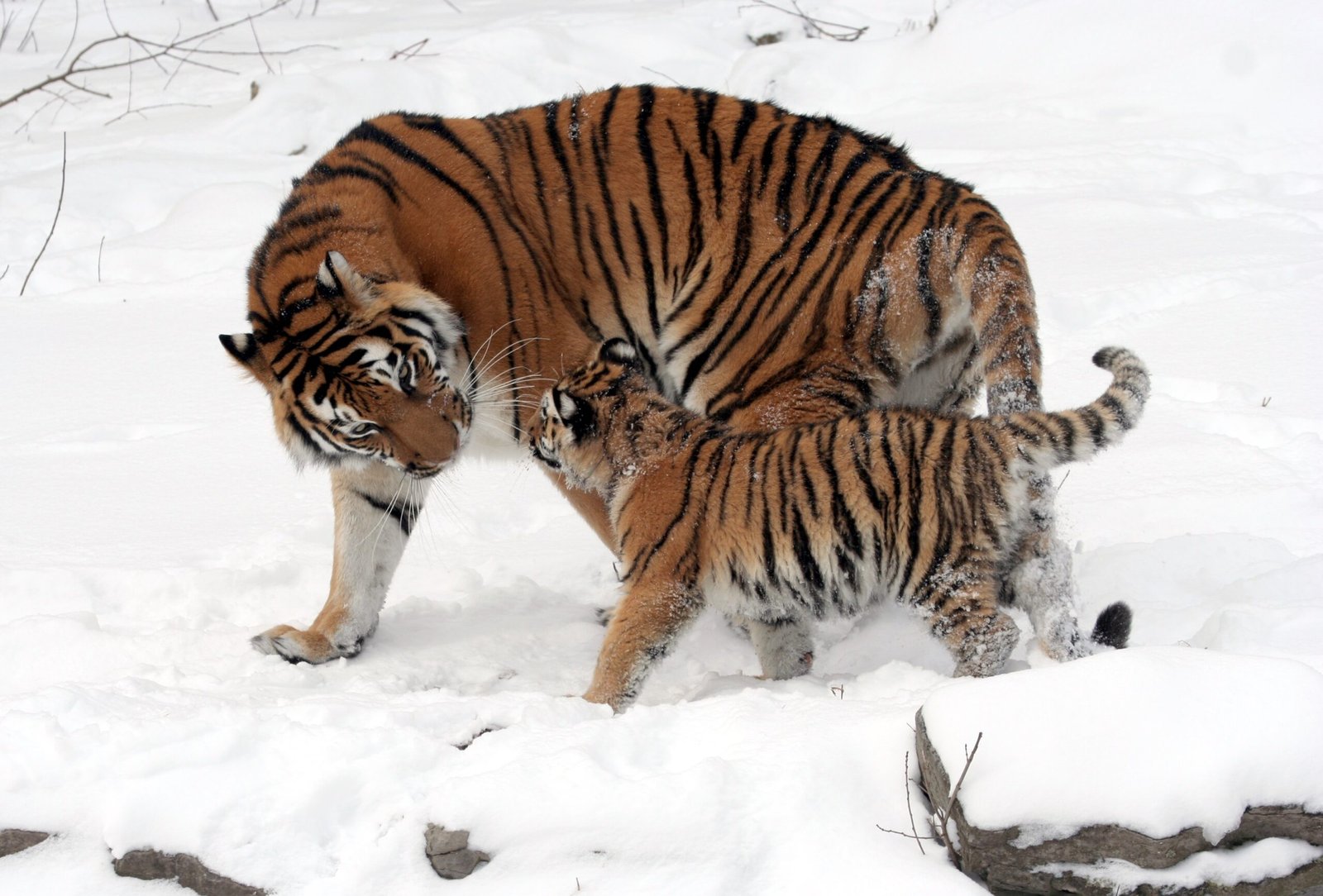
Genetic disorders in big cats can arise from mutations affecting their overall health and well-being. These disorders can lead to various physical and behavioral challenges, impacting their ability to thrive in the wild. Recognizing and understanding these genetic disorders is crucial for conservation efforts. They highlight the importance of genetic diversity within big cat populations, ensuring that these magnificent creatures have the best chance of survival. This underscores the delicate balance of nature and the need for ongoing research and conservation work.
In conclusion, the world of big cats is filled with fascinating mutations that contribute to their diversity and adaptability. While some mutations offer advantages in specific environments, others can pose significant challenges to survival. As cat enthusiasts, it is essential to appreciate the beauty and complexity of these rare mutations and advocate for the conservation of big cats in their natural habitats. By raising awareness and supporting conservation efforts, we can help ensure that these magnificent creatures continue to thrive for generations to come.

Hi, I’m Bola, a passionate writer and creative strategist with a knack for crafting compelling content that educates, inspires, and connects. Over the years, I’ve honed my skills across various writing fields, including content creation, copywriting, online course development, and video scriptwriting.
When I’m not at my desk, you’ll find me exploring new ideas, reading books, or brainstorming creative ways to solve challenges. I believe that words have the power to transform, and I’m here to help you leverage that power for success.
Thanks for stopping by, Keep coming to this website to checkout new articles form me. You’d always love it!






